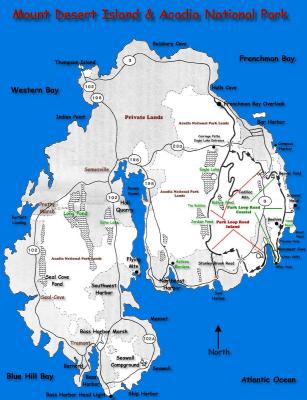
MAP OF ACADIA NATIONAL PARK COURTESY OF THE NATIONAL PARK SERVICE |
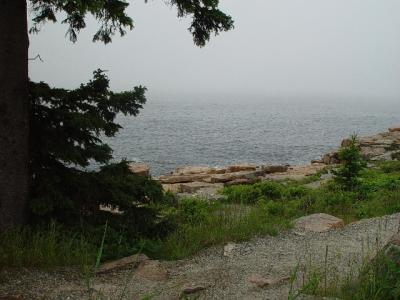
ACADIA NATIONAL PARK IS BEAUTIFUL RAIN OR SHINE.... |

BLUE SKIES.........VIEW ALONG THE LOOP ROAD |
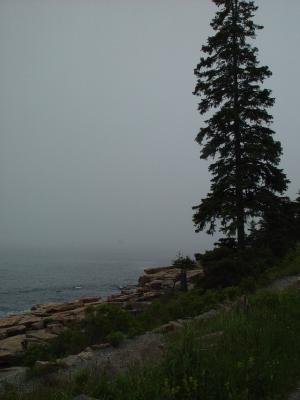
MORNING MIST IN ACADIA NATIONAL PARK |

THE BATTLE BETWEEN WIND, WAVES AND ROCK..... |

THE VIEW OVER THUNDER HOLE |
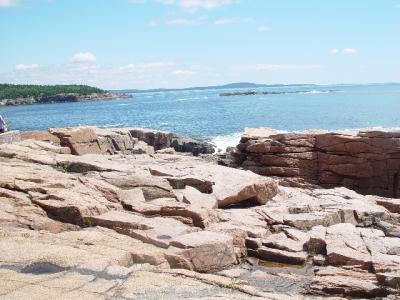
WE PICNICKED AND READ FOR SEVERAL HOURS AT THUNDER HOLE |

ON THE LOOKOUT FOR SEA BIRDS |
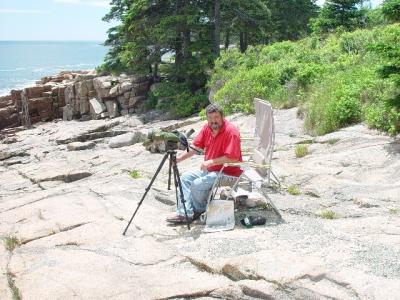
DON ON WATCH WITH THE SPOTTING SCOPE |
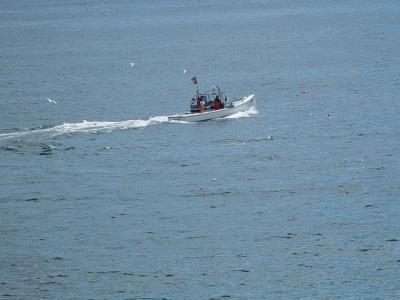
LOBSTA FISHERMAN TENDING HIS TRAPS....... |

CLOSE UP OF A LOBSTA BOAT |
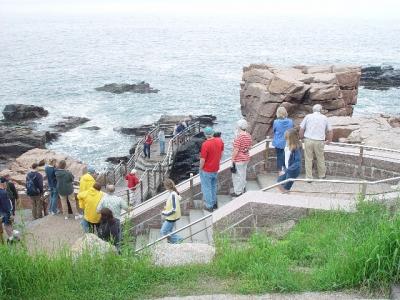
VISITORS TO THUNDER HOLE ON A SUNNY DAY |
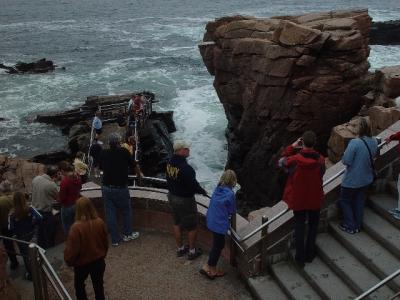
THERE ARE ALWAYS VISITORS AT THE HOLE, EVEN IN THE RAIN |
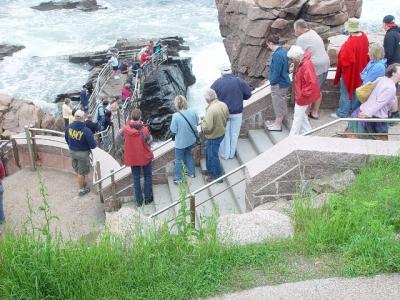
MORE VISITORS TO THUNDER HOLE |
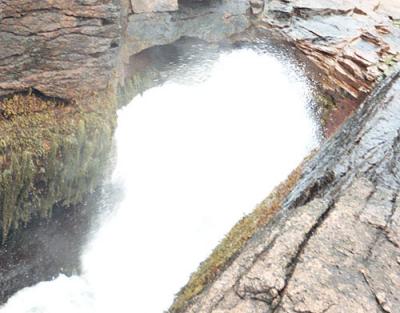
ONE LAST LOOK AT THUNDER HOLE |
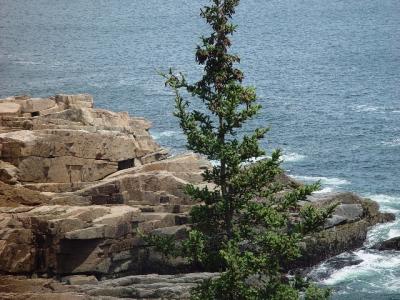
THE TREES SOMEHOW CAN SURVIVE IN ROCK, WIND AND SALT SPRAY... |
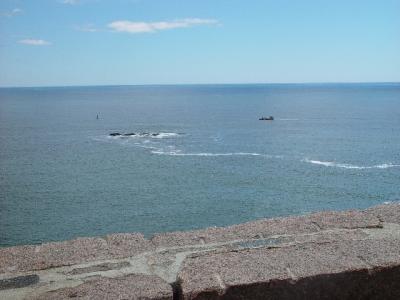
THE VIEWS FROM LOOP ROAD ARE BREATH TAKING.......... |
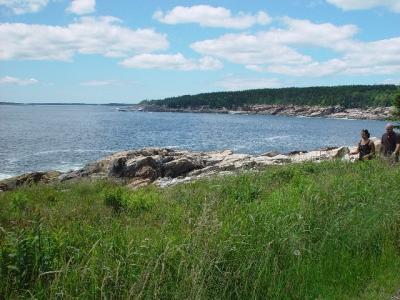
ONE OF THE MANY SALT MARSHES IN ACADIA NATIONAL PARK |
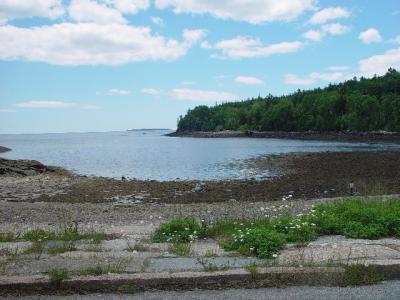
SOMMES SOUND WHERE A RIVER REVERSES FLOW WITH EACH TIDE. |

SOMMES SOUND...ANOTHER VIEW |

THIS IS WHY PEOPLE VISIT ACADIA NATIONAL PARK |
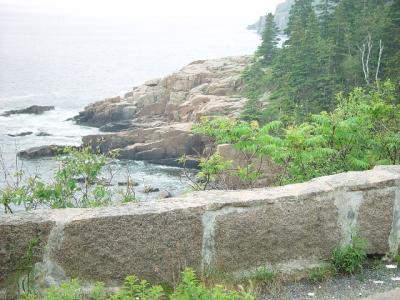
A CLOSE UP OF THE SHORE |
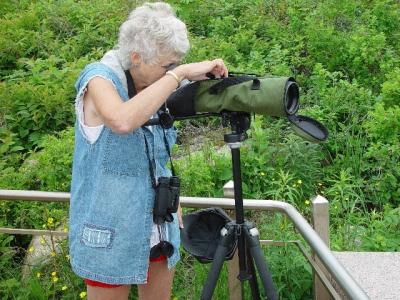
SARA DID ALOT OF BIRDING FROM THE LOOP ROAD |
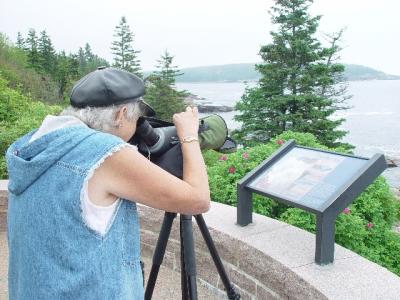
SITING A WARBLER AT THUNDER HOLE |

A SPOTTING SCOPE TAKES PATIENCE BUT OH WHAT A PAYOFF |

THIS IS WHAT YOU SEE THROUGH A SPOTTING SCOPE.......... |

LOOP ROAD IN THE MORNING MIST |
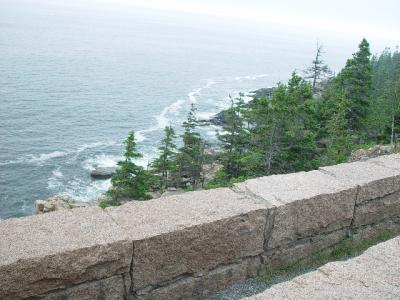
WAVES CRASHING ALONG LOOP ROAD |
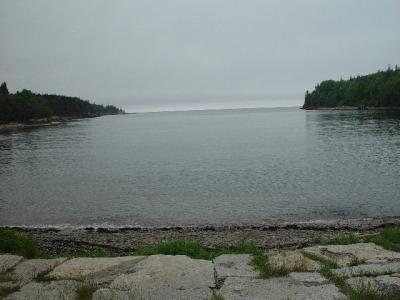
SOMMES SOUND IN THE MIST |

SOMMES SOUND TOWARD JORDAN POND |
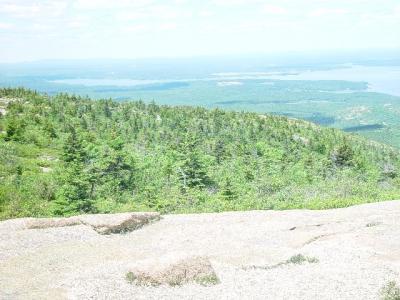
VIEW ON THE WAY TO THE SUMMIT OF CADILLAC MOUNTAIN |
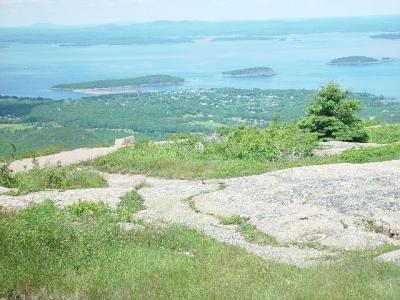
LOOKING NORTH OVER FRENCHMEN'S BAY FROM THE SUMMIT |
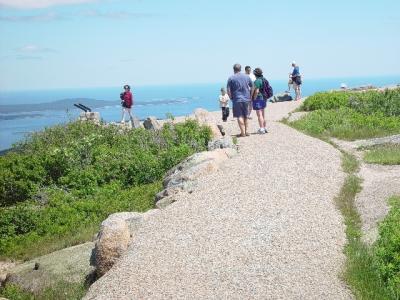
ONE OF THE MANY WALKWAYS ON TOP OF CADILLAC MOUNTAIN |
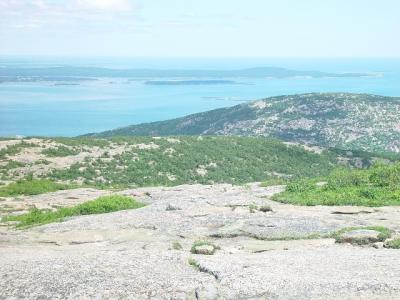
LOOKING OUT OVER THE ALANTIC OCEAN |
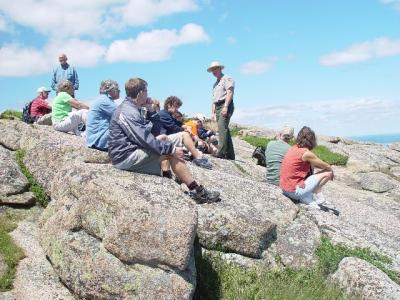
A RANGER PRESENTATION ON CADILLAC ON THE HISTORY OF THE PARK |
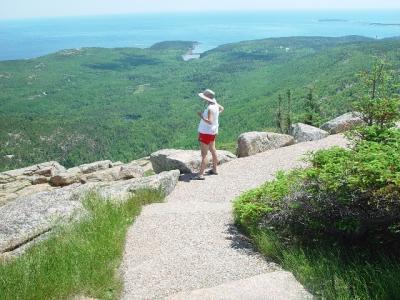
SARA LOVES THE SUMMIT OF CADILLIAC...........SITE OF OUR FINAL RESTING PLACE........ |

ONE DOES NOT WANT TO SLIP HERE.......IT IS A LONG WAY DOWN.. |

ONE LAST LOOK FROM THE TOP |
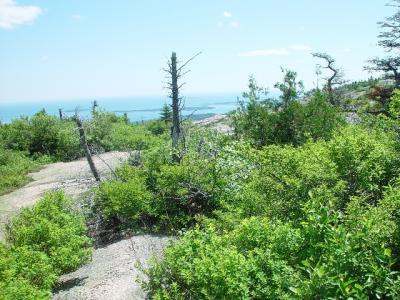
THE VEGETATION ON THE SUMMIT OF CADILLIAC MOUNTAIN IS SPARCE..... |
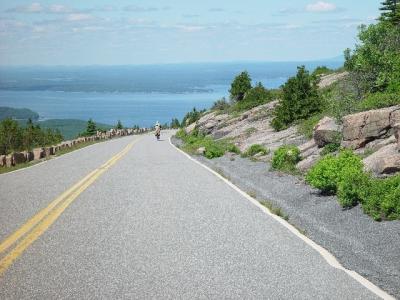
VIEW ON THE ROAD TOWARD JORDAN POND.........BIKERS LOVE THE LONG RIDE DOWN THE MOUNTAIN |
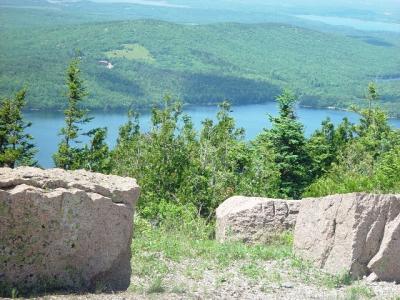
JORDAN POND .........WHAT A JEWEL...... |
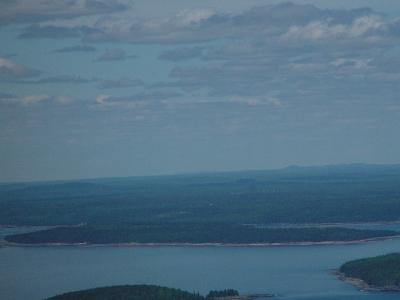
LOOKING OVER JORDAN POND IN THE MIST |
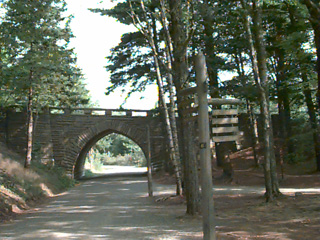
ONE OF THE MANY CARRIAGE ROAD BRIDGES ALONG "ROCKY'S ROAD IN ACADIA NATIONAL PARK |
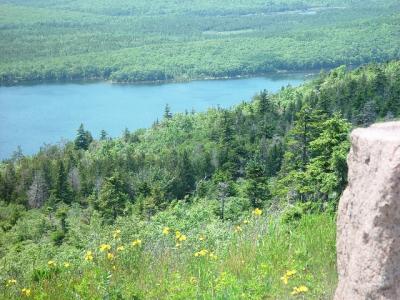
ANOTHER VIEW OF THE POND....... |
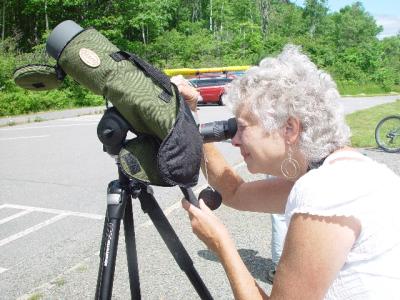
SARA IS CHECKING OUT THE PEREGRINE NEST WITH HER NEW SPOTTING SCOPE....... |

THE NEST WAS ABOUT THREE QUARTERS OF THE WAY UP THIS ROCK FACE |

VIEWING THE PEREGRINES IS VERY POPULAR |
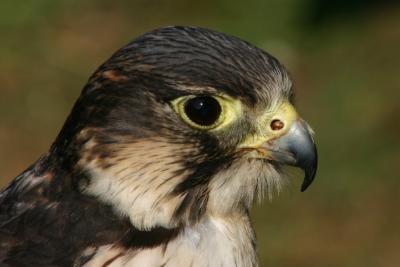
PARK PICTURE OF A PEREGRINE AT A DISPLAY |
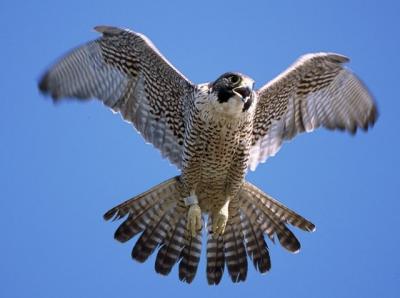
ANOTHER OF THE PEREGRINE IN FLIGHT..PARK PICTURE |
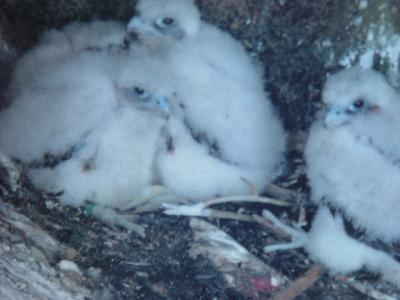
THIS IS A PARK PICTURE OF THE ACTUAL BABY PEREGRINES ....THREE OF THE FOUR |
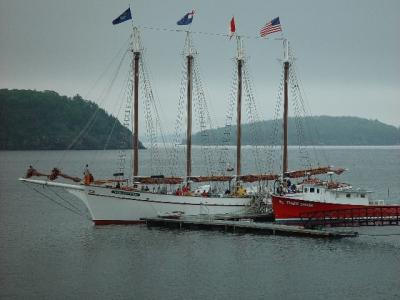
YOU CAN ROUND OUT YOUR VISIT TO ACADIA NATIONAL PARK WITH A VISIT TO THE NEARBY VILLAGE OF BAR HARBOR AND A BOAT TOUR.......... |
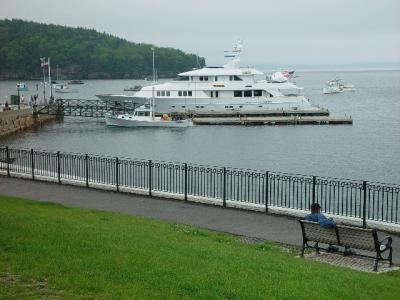
THE FRIENDSHIP GOES 40 MILES OUT TO WATCH THE WHALES... |
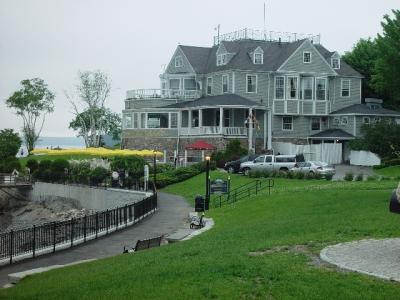
THERE ARE MANY HOTELS AND B&B's IN BAR HARBOR |
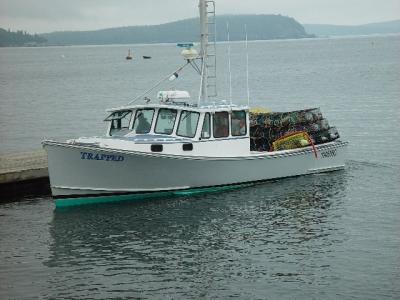
MANY LOBSTA FISHERMEN USE BAR HARBOR AS A PORT |
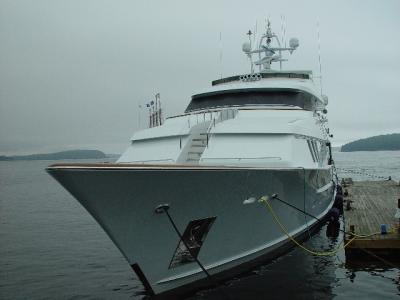
THERE ARE VISITS FROM LUXURY YACHT TOO |

LOBSTA BOATS ARE TRUE WORKING CRAFTS.. |
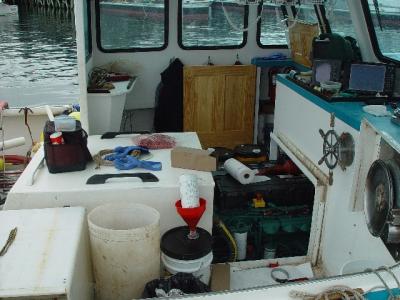
THEY REQUIRE ALOT OF WORK TO KEEP THEM GOING ............. |
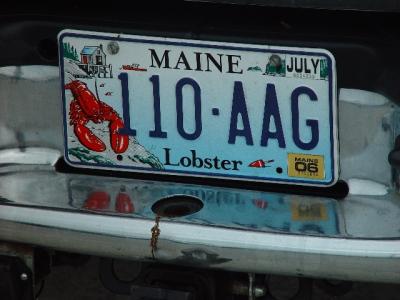
MAINE IS THE "LOBSTA " STATE ,,,,,SOMEDAY WE WILL BE "PERMANENT MAINERS" IF IN ASHES ONLY |











